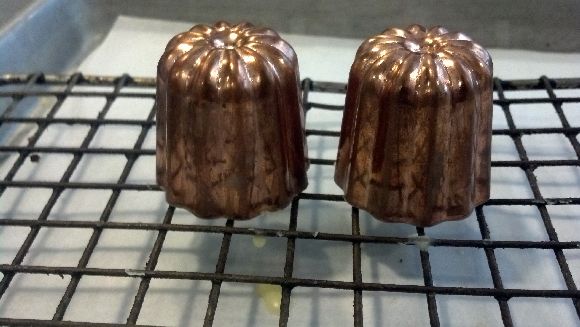
To Cook A Rabbit
This past fall, I found myself working with a young chef opening a Gastro pub in Hudson, Wisconsin. The Owners of the establishment were quoted as wanting a Farm To Table, locally driven, exciting menu. After days of tinkering I was able to bring this little gem to the table.
Rabbit:
There is a stigma in a restaurant, an unspoken fear in using certain ingredients due to how the public may perceive the value in a dish or how people are going to look at an establishment that is serving “cuddly critters.” I find myself in many interesting situations as of late; managerial meetings, conversations with owners, catering gigs, or quick chats with servers and fellow chefs, all of whom are representing a rather closed minded (almost frightful) industry.
I present a group of five people with a simple rabbit dish:
Their responses…
– “No one is going to pay for rabbit.”
-“I’m going to pass.”
-“Is there an alternative choice”
After moments of quick promises and reassurances; I.e. “I wouldn’t let you eat shit…” each person tries a bit in turn. Funny Story, each of the said five persons, love rabbit. Eating is about adventure, being true to your ingredients and serving them to the best of your abilities. Eat locally, dare to eat a meat that maybe you might have been lucky enough to know alive… Know the veracity of your food source, know where it comes from and what it eats. Have an integrity and conviction in your menu; if it is great, do not hesitate or be afraid of sharing.
It’s Basically an Obligation…
Singerhouse Rabbit Farm, located in Menomonie, Wisconsin. Approximately, a 30 minute drive south of my stoop. I have a premium, local, organic source of rabbit known through out the restaurant industry for quality just out my back door… The only true carnal sin is to deprive myself of such luxuries.
Waste Nothing
We will be using the saddle (loins) and hind leg for this preparation.
But as for the other tidbits:
The spine, ribs, femur, and remaining bone: use as the base of your sauce.
Trim: Mousse (Rabbit meatballs are heaven in your mouth)
And if you ask nicely, Singerhouse will even be as kind as leaving the Hearts and livers with the carcass: Pate & other forcemeat preparation.
The Preparation:
 After the rabbit had been halved and boned, I place a half between two pieces of plastic, and began to pound the flesh until it was level and had an even thickness throughout the entire piece.
After the rabbit had been halved and boned, I place a half between two pieces of plastic, and began to pound the flesh until it was level and had an even thickness throughout the entire piece.
 I then made a decadent, herbaceous mousse utilizing the trim. I piped the mousse inonto the (now flat) half of the rabbit…
I then made a decadent, herbaceous mousse utilizing the trim. I piped the mousse inonto the (now flat) half of the rabbit…
And took it for a roll.
I poached the parcels and shocked the ballotines in an ice bath after about fifteen minutes on a simmer.
Caul Me Maybe…
Now, this step is imperative in ensuring a fine quality in this dish. Due to the rabbits characteristically lean flesh, it is quite simple for the finished produce to become over cooked and dry. To counter that, I add fat. Caul Fat to be precise.
Caul Fat is a type of tissue sourced from the inner lining of cows stomach. It is a webbed, thin, delicate tissue that cooks up like a bacon or speck would. encasing the Ballotine in the Caul Fat will ensure the the juices of the meat stay in the meat as it cooks leading to a moist, melt in your mouth, rabbit.
The Dish : Lapin
Ballotine of Rabbit, Wheat & Rye Berries, Caramelized Brussels Sprouts, to be finished with an herbed Jus.
When cooked properly, no one hates rabbit. It is the responsibility of the cook to earn the trust of the people. In order for this to happen, the cook must become educated and well versed in his repertoire. To introduce a person to a new food is a defining moment; do not hesitate to cook something that you know is delicious.











